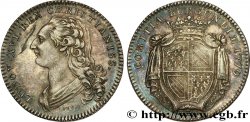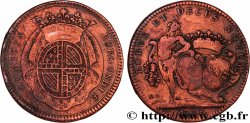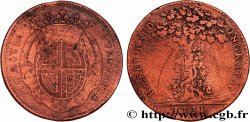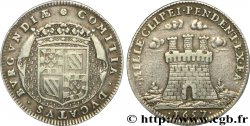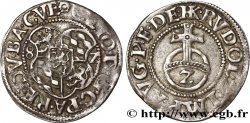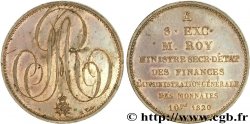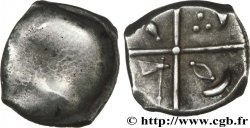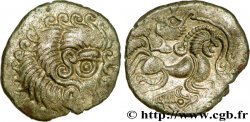fjt_909709 - BOURGOGNE (ÉTATS DE ...) François-Marie Bernard, vicomte de Sassenay et de Chalon, élu de la noblesse 1782
140.00 €约 1160.60 CNY
数量
加入购物车

种类 François-Marie Bernard, vicomte de Sassenay et de Chalon, élu de la noblesse
日期: 1782
材质 silver
直径 29,5 mm
模子方针 6 h.
重量 10,10 g.
侧面 cannelée
稀少度 R1
正面
正面的文字 COMITIA BURGUNDIÆ 1782.
正面的说明书 Armes de Bourgogne sur un manteau d’hermines.
背面
背面的文字 FR. M. BERNARD. VIC. DE. SASSENAY ET DE CHALON S. S.BAR. DU TARTRE / ET BELLO ET PACE .
背面的说明书 Armes de Fr. Bernard de Sassenay couronnées. Sur une banderole : ET BELLO ET PACE.
背面的翻译 En temps de guerre et en temps de paix.
评论
M. de Sassenay n'étant ni Élu, ni Alcade, ne devait pas avoir de bourse, mais il n'en fit pas moins frapper un jeton pour rappeler son entrée aux États.
Ceci est appuyé sur un passage du Carnot des États où il est dit : " M. de Sassenay a présenté un certificat aux commissaires-vérificateurs des titres, par lequel il paroît qu'il a été trouvé de la qualité requise. Lecture faite, la Noblesse a délibéré de le recevoir en leur Chambre, sans voix délibérative, jusqu'à ce qu'il ait justifié de reprise de fief". Étienne, son ancêtre, portait d'azur, à une face d'or chargée d'une molette d'éperon à six pointes d'azur, accompagnée en chef de deux coutelas posés en sautoir, les pointes en bas, d'argent, surmontant une hure de sanglier de même, et en pointe, une bannière ou étendard aussi d'argent, la lance d'or posée en bande. On peut voir, d'après le jeton, les modifications apportées à ce blason.
Ceci est appuyé sur un passage du Carnot des États où il est dit : " M. de Sassenay a présenté un certificat aux commissaires-vérificateurs des titres, par lequel il paroît qu'il a été trouvé de la qualité requise. Lecture faite, la Noblesse a délibéré de le recevoir en leur Chambre, sans voix délibérative, jusqu'à ce qu'il ait justifié de reprise de fief". Étienne, son ancêtre, portait d'azur, à une face d'or chargée d'une molette d'éperon à six pointes d'azur, accompagnée en chef de deux coutelas posés en sautoir, les pointes en bas, d'argent, surmontant une hure de sanglier de même, et en pointe, une bannière ou étendard aussi d'argent, la lance d'or posée en bande. On peut voir, d'après le jeton, les modifications apportées à ce blason.







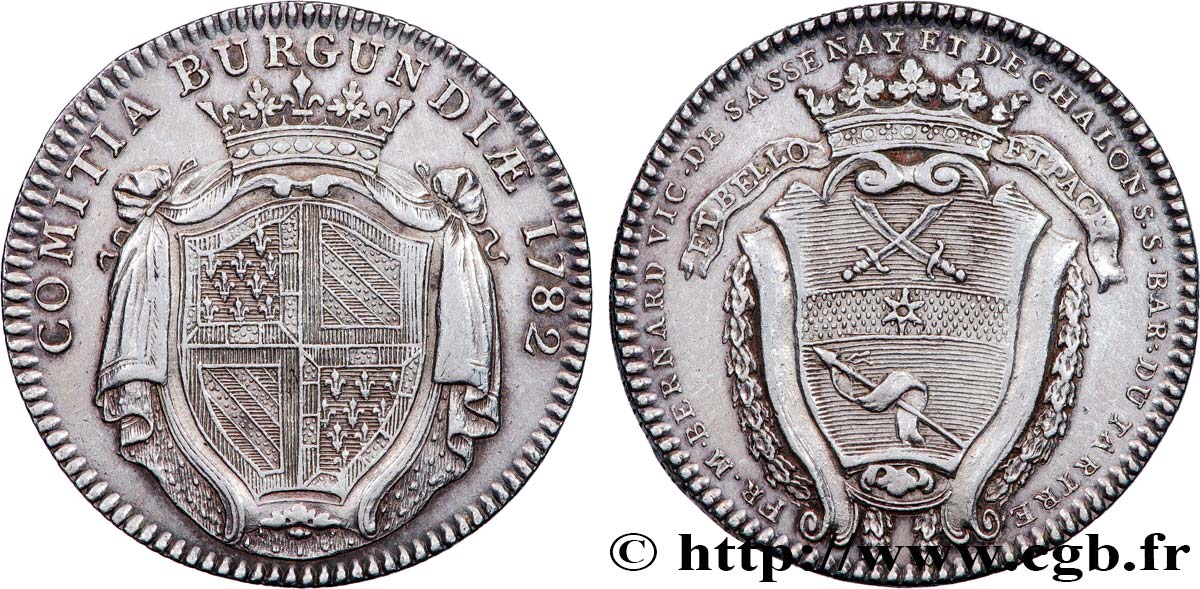
 对产品描述纠错
对产品描述纠错 打印
打印 分享我的选择
分享我的选择 提问
提问 Consign / sell
Consign / sell
 产品介绍
产品介绍